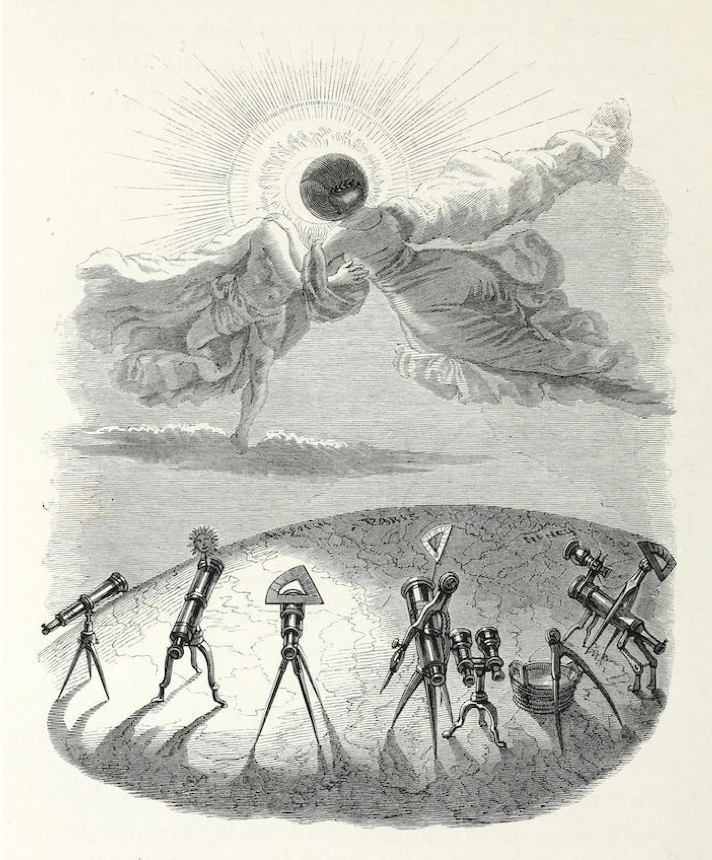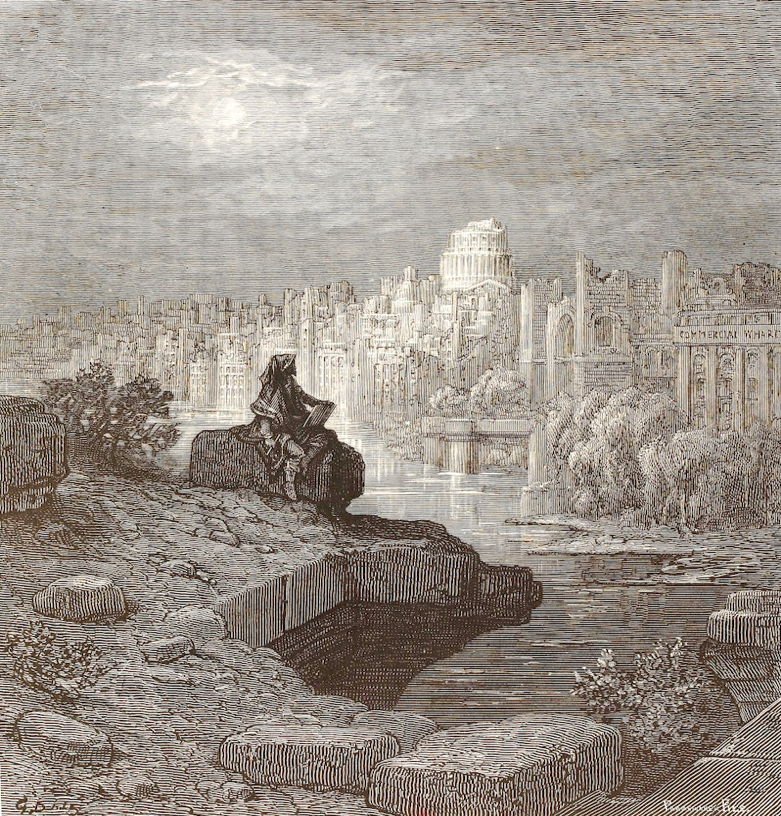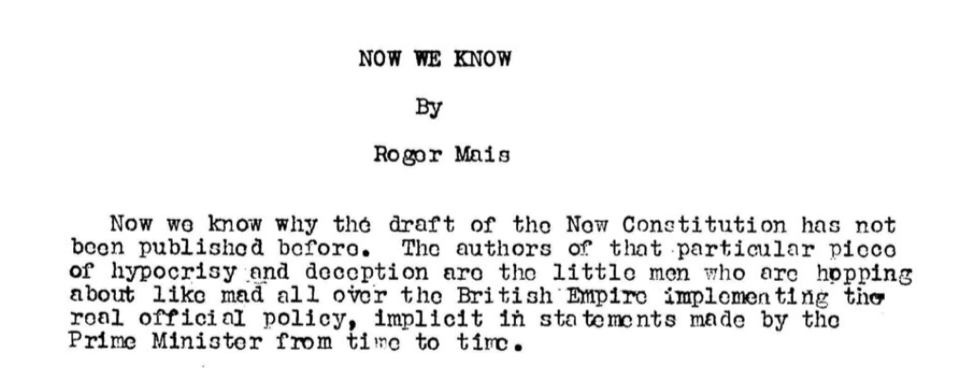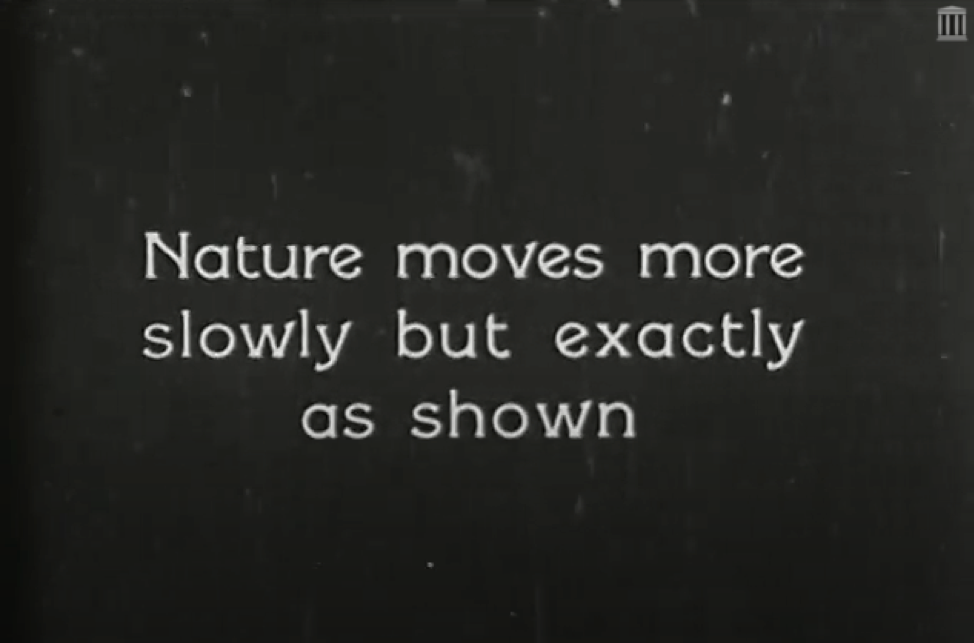The Sun Never Sets
By Thom Van Camp, University of Wisconsin-Madison
And here, beneath the green sward, rests alike
The savage native, who his acorn meal
Shar'd with the herds, that ranged the pathless woods;
And the centurion, who on these wide hills Encamping, planted the Imperial Eagle.
All, with the lapse of Time, have passed away… (Smith, Beachy Head)
In Beachy Head (1807), Charlotte Smith’s geological image of history transforms all into nothing. Seemingly distinct and incommensurate bodies come to “rest alike…beneath the green sward.” The “lapse of Time”—illustrated by Smith through the image of the passing sun—equalizes and allows the English subject to imagine themselves as at once distant from, yet at the chronological apex of, several different historical and racial trajectories.
The poetic “time-lapse” bears relation to the aubade, the poem in which dawn greets a pair of (often surveilled) lovers, as well as the Apollonian hymn, such as P.B. Shelley’s “Song of Apollo” in which the sun harmonizes disparate knowledge. The aubade’s dawning sun illuminates the disparity between interior life and social life; Philip Larkin’s modern take on the genre links that disparity to the rise of management and bureaucratic toil. We have then a long poetic history in which the image of the sun is entangled with knowledge, surveillance, and control.
The trope reappears in the post-war writing of the Jamaican journalist Roger Mais. In his 1944 piece titled “Now We Know” Mais writes in direct response to the speeches of Winston Churchill and proclamations from the English government in the last days of World War II. For Mais, the positioning of the English government in these years gave the lie to the assumption that the war had been fought for freedom in any comprehensive sense. In the short letter, Mais subverts the maxim, the sun will never set on the British empire. Mais makes clear that England’s aim is the maintenance “of a colonial system which permits the shameless exploitation of those colonies across the seas of an Empire upon which the sun never sets.”
Circa 1944, the preservation of the Empire was touted, in England at least, as a victory over fascism. For Churchill, the Empire should always be so vast as to be always somewhere under sunlight, to him an image of illumination, protection, and progress. Mais, from the perspective of the colonized, understands an imperial anxiety, a loss of control manifested as abuse. Mais predicts the continuation of a colonial structure that will remain in the Caribbean even post-independence and repeats his ironic refrain—“That the sun may never set…”—detailing the crimes and injustice perpetrated by the British colonial systems. He wrote that Churchill—and the England he represented—did “not intend the old order to change.” Mais offers the terms of “British tradition” as it actually manifests: “Democracy which chains…with more than physical chains; chains of ignorance…chains them in dungeons of gold mines.”
Mais’ rhetoric is not meant to be veiled; the blunt letter landed him in prison under charges of sedition. Still, it bears noticing the images that Mais aligns in his argument: knowledge (“Now We Know”), colonial control, and the sun. He takes for granted the base relation between the image of the sun and notions of control, oversight, and violence. Ludwig Wittgenstein says that the “utterance ‘I know…’ can only have its meaning in connection with the other evidence of my ‘knowing.’” Knowing, put differently, is not an isolated event predicated on the revelation of a fact; it is the establishment and inculturation of a ground of meaning. So, when Mais writes “now we know,” he is not lifting the lid on a particular scandal; he is announcing the subversion of the ground of colonial knowledge and declaring the need for a new perspective.
With Mais, the sun stretches back to Beachy Head, creating one long, entangled horizon of colonial knowledge that binds the Romantic tradition to the 20th century and our present day. Smith’s poem foregrounds clarity, the coastal sun illuminating connections previously invisible, either lost to history or unveiled by science. The error, however, is to understand this illumination as the creation of something new. Today, readers have optimistically found Smith attuned to novel relations, vibrations, and ways of being. For these readers, Smith’s system moves progressively toward clarity, the sun always exposing more under the confine of its day. Mais provides a different perspective, a perspective anchored in struggle that does not venerate clarity; Mais allows us to read Smith’s poetics formed in lockstep with an imperial system of surveillance and controlled forms of knowledge.
About the Author
Thom Van Camp earned his Ph.D. in Literary Studies from the University of Wisconsin-Madison. His recently completed dissertation co-reads canonical romantic poets together with present-day writing from the field of Black Studies. At UW, Thom coordinates Holding History, a student-driven public humanities program focused on the history of media and book arts.







